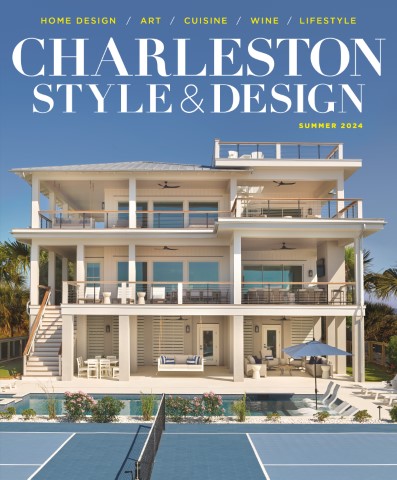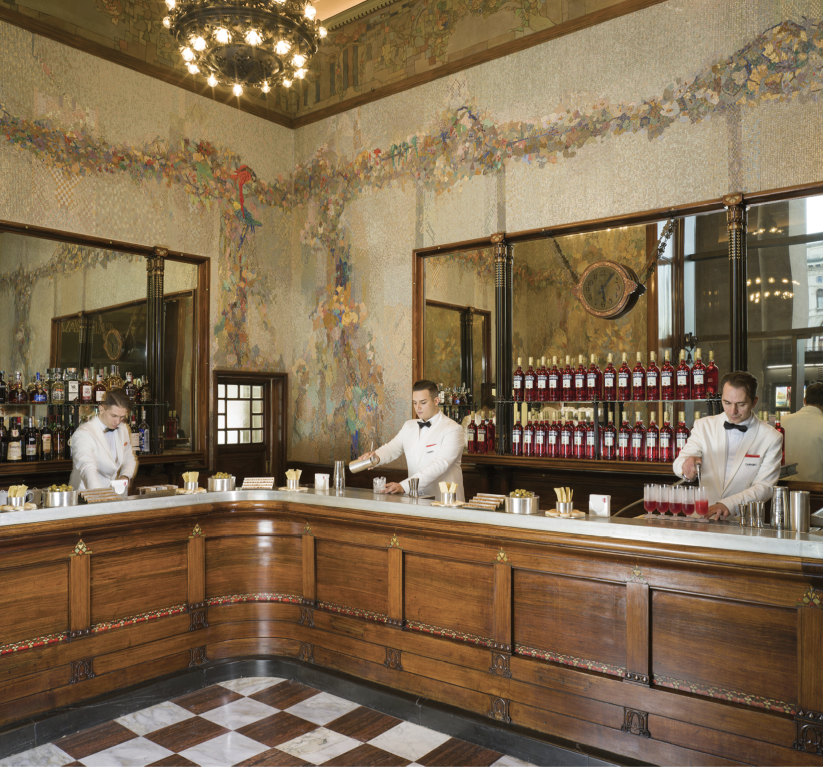
There’s nothing more soothing than watching Stanley Tucci making a Negroni. In the midst of our collective COVID anxiety, he shared a viral video on how to make his house cocktail. Tucci’s stylish home mixology performance drove an outpouring of affection. It was the master class we all needed featuring one of the greatest of all Italian amari: Campari. You simply can’t make a Negroni without it.
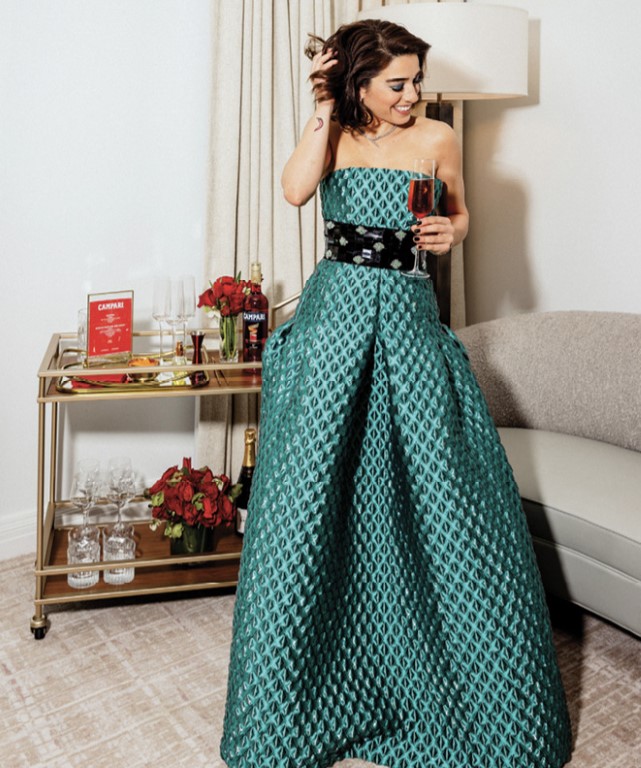
Few bottles stand out on a bar as much as Campari. Brilliantly scarlet red, Campari is iconic in design and color. First introduced in 1860, Campari is an Italian bitter liqueur, a category known as amari (amaro is singular). Gaspare Campari developed his namesake drink in Novara, on the outskirts of Milan, but he found success at a much more fashionable address. In 1915, Gaspare’s son Davide opened the Camparino bar in the Galleria Vittorio Emanuele II, just steps from the Duomo in the heart of the shopping district. The Campari Soda became the drink of Milan’s fashionista set and a symbol of the city’s vibrant aperitivo culture. There is not a bar in Italy that does not serve it today.
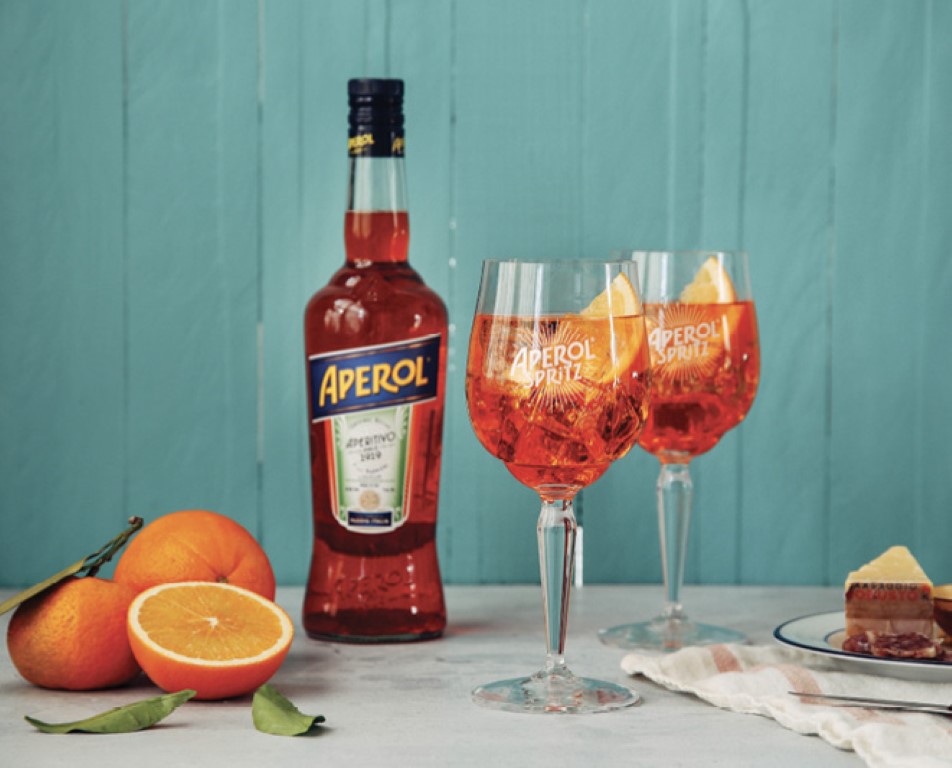
For the uninitiated, amari can be tough to swallow. The amari name translates to “bitters” and halos a complex family of liqueurs traditionally served with soda and tonic as an aperitivo (to “open” the palate) or sipped after dinner to ease digestion. Aromatic, bittersweet and often medicinal in taste, amari are made by macerating bark, herbs, spices, botanicals and citrus peels in neutral spirit or wine, then sweetened to taste. Cinchona bark, gentian root, angelica and myrrh are common bittering agents, but there are no rules in this category. Centuries old, the recipes for amari are a closely guarded secret and can include dozens of ingredients that date back to the first herbalists. To this day the Campari team will only disclose two, namely alcohol and water in an “infusion of herbs, aromatic plants and fruits,” leaving much to the imagination.
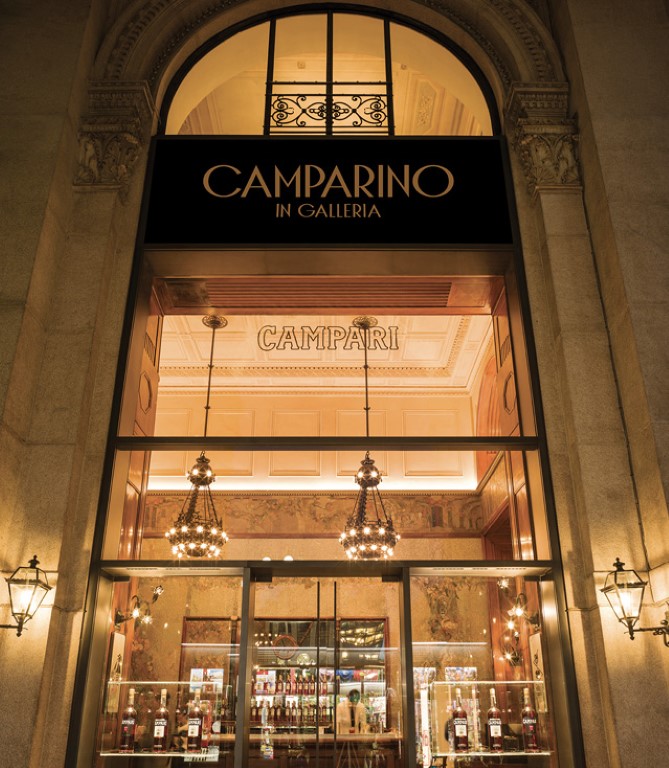
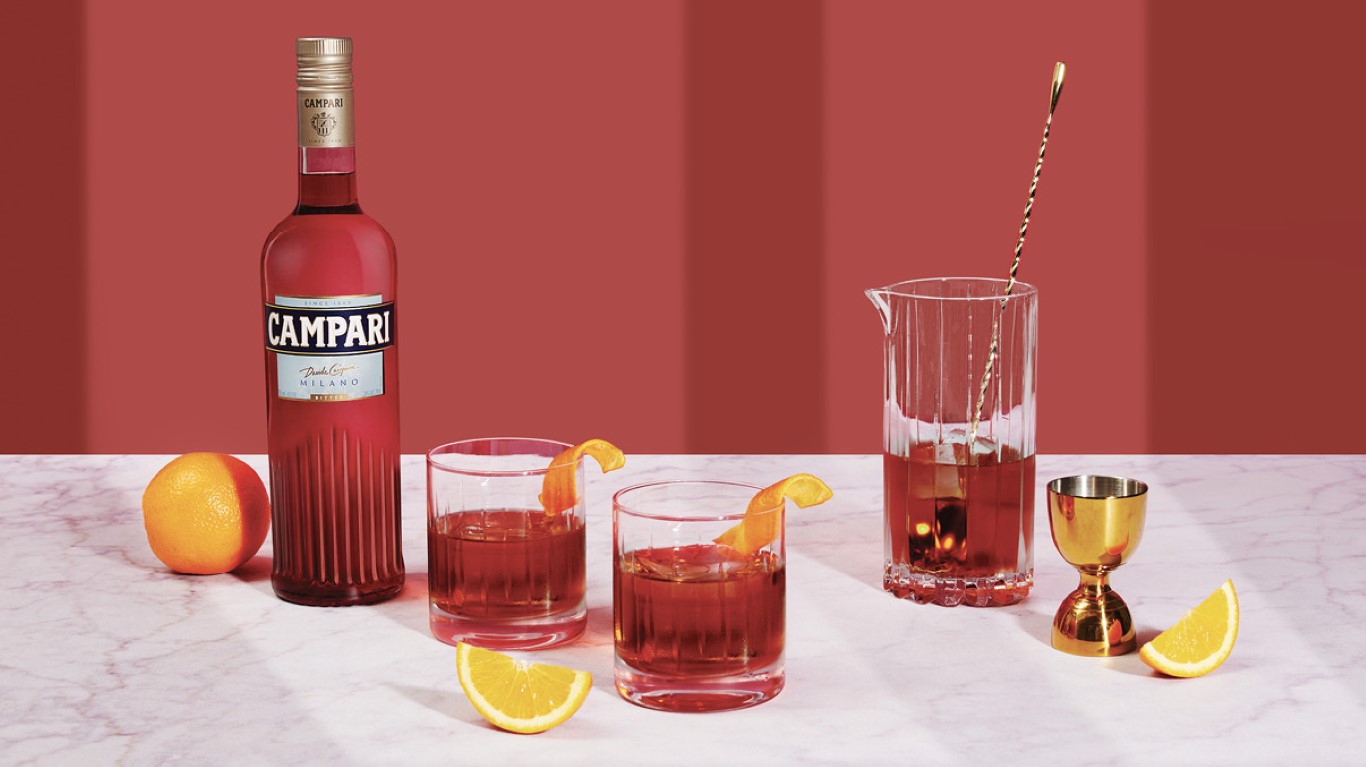
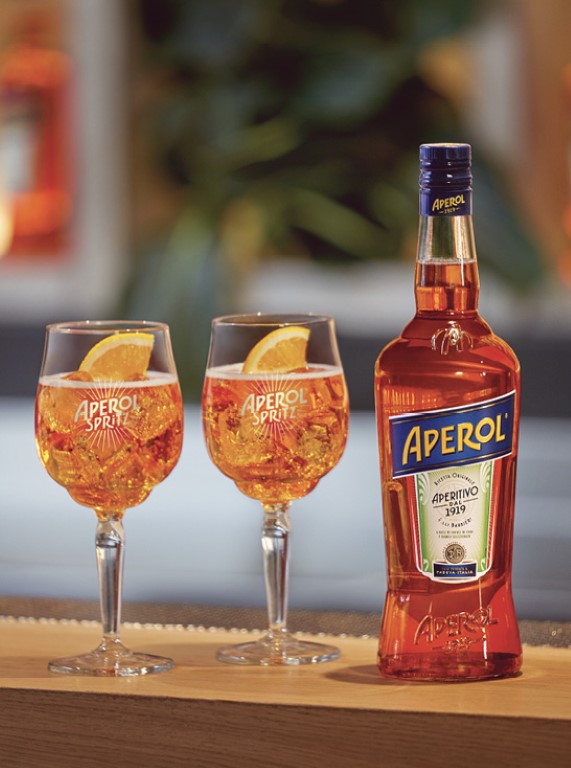
Twenty years ago, you had to fly to Italy, the birthplace of bitter liqueurs, to find a wide selection of amari bottles. American restaurateurs like Joe Bastianich and his mom, Lidia, started featuring them in the late ’90s at NYC hot spots like Luppa, Babbo and Del Posto, taking a lead for others to follow. Nowadays as availability has grown, high-end cocktail bars like the iconic Amor y Amargo in the East Village pride themselves on their deep amaro bench. From well-known labels to hip, regional finds, the trend goes well beyond New York. Sarah Hogan, director of beverage and hospitality for Bacaro Primo and Earl’s Premier in Kansas City, was an early adopter and is encouraged by the many customers willing to broaden their horizons and dig into the category. Hogan has an adventurous palate and recalls her first intro to amaro: shots of pitch-dark Fernet Branca enjoyed after-shift with industry friends, a ritual known as the “bartender’s handshake.” Fernet offers a medley of black licorice, root beer and bitter herbs, the ultimate acquired taste. The rest of us are more likely to start our amaro journey with a refreshing highball like the Aperol Spritz.
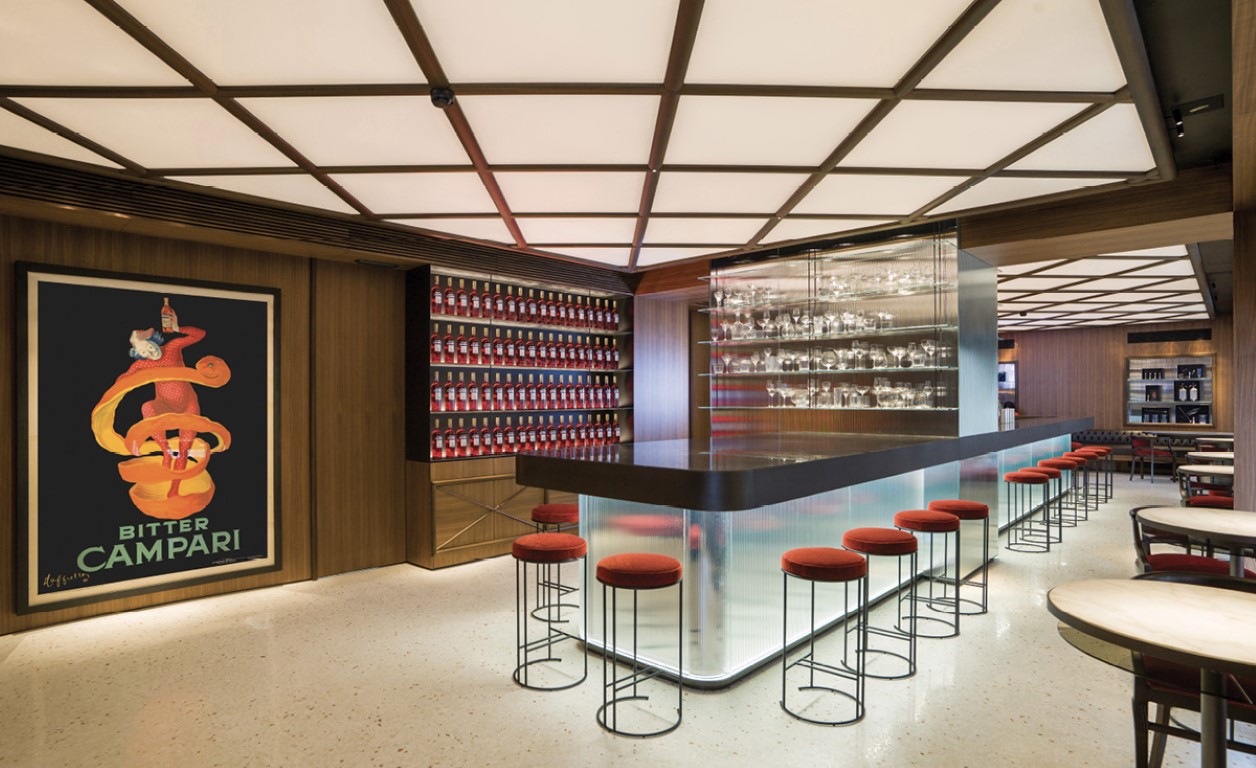
Like Tucci, the original Campari family appreciated an artful presentation. They took a category of cure-all liqueurs and gave it some very sexy credentials. Traditionally served over ice with soda and a slice of orange, Campari crafted an indelible connection to bartenders worldwide with the introduction of the Americano cocktail (adding red vermouth to the mix) and attained cocktail stardom with the Negroni (replacing soda water with a shot of gin). Graphic designers such as Leonetto Cappiello helped spread the word with a whimsical poster series in the early 20th century; Federico Fellini directed a Campari commercial in 1984, and Salma Hayek, Uma Thurman and Jessica Alba have all starred in Campari spots and calendars.

The sunny-hued Campari and Aperol are often referred to as “aperitivi amari” and pair well with salumi and light apps. Campari is just sweet enough to overcome most aversions to bitter, while Aperol is the perfect gateway. Sweeter to taste and lower in alcohol (11% compared to 24% for Campari), Aperol’s technicolor orange hues shine in the Aperol Spritz, a refreshing combination of Prosecco, Aperol and soda water that first debuted in the Veneto in 1912. Campari Group acquired Aperol in 2000. It has since become a drinks supernova, most recently boosted by star cameos on the latest season of The White Lotus.

According to cocktail lore, in 1919, Count Negroni walked into the Caffè Casoni in Florence and asked the bartender for an Americano cocktail made with gin rather than soda water. The result was the legendary Negroni cocktail—a shot of gin stirred with a shot of quality sweet vermouth and Campari. In the late 1960s, Bar Basso in Milan released yet another variation, the Negroni Sbagliato (“mistaken Negroni”) made with Prosecco instead of gin.

CAMPARI
($29)
BITTERSWEET WITH APPEALING HERBAL AND ORANGE NOTES. TO MAKE A CLASSIC NEGRONI: COMBINE 1 OZ. GIN, 1 OZ. CAMPARI AND 1 OZ. QUALITY SWEET VERMOUTH WITH ICE IN A MIXING GLASS. STIR UNTIL WELL CHILLED. STRAIN INTO A ROCKS GLASS FILLED WITH ICE. GARNISH WITH AN ORANGE TWIST. (MILAN, ITALY)
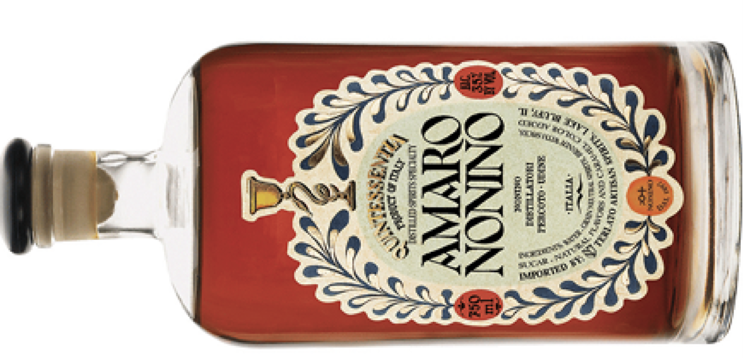
AMARO NONINO
($50)
MEDIUM-BODIED WITH BRIGHT NOTES OF ORANGE, HONEY, DARK LICORICE AND COCOA. TO MAKE A PAPER PLANE: FILL A SHAKER WITH ICE. ADD ¾ OZ. NONINO, ¾ OZ. BOURBON, ¾ OZ. APEROL, ¾ OZ. LEMON JUICE. SHAKE AND STRAIN INTO A CHILLED COUPE GLASS. GARNISH WITH A LEMON TWIST. (FRIULI, ITALY)
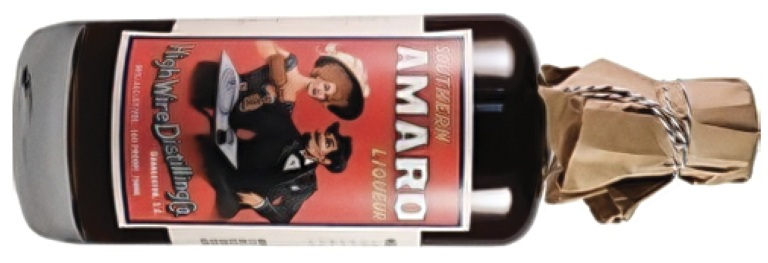
HIGH WIRE DISTILLING SOUTHERN AMARO LIQUEUR
($36)
AN HOMAGE TO THE CAROLINAS MADE WITH LOCAL YAUPON HOLLY AND GENTIAN ROOT, WILD MINT, ‘DANCY’ TANGERINE AND CHARLESTON BLACK TEA (FOR COLOR). SWEETENED WITH HOMEMADE CANE SYRUP. A DELICIOUS BALANCE OF SWEET SPICE, ZESTY CITRUS AND EXOTIC FLAVORS. (CHARLESTON)
Neat, in a spritz, on the rocks or in a well-crafted cocktail—amaro can be challenging to classify and invites exploration. In Italy, there are over 400 strictly defined wine appellations, yet none for amaro. Perhaps the best taxonomy of the category comes from drinks writer Brad Thomas Parsons (author of the definitive and enjoyable work Amaro). Parsons starts with the light and citrus-forward aperitivi (like Campari, Aperol) before moving on to more medium-balanced floral, minty-herb, citrus and Alpine styles. Once you’ve got your bitter on, end with sippers like dark fernet (super bitter and higher alcohol), carciofo (artichoke), rabarbaro (rhubarb) and tartufo (black truffles). Even if you’ve learned to love your kale, the first brooding notes of artichoke-based Amaro Cynar taste like a witch’s brew. Prepare to pucker up and have fun: Amaro delivers a spectrum of bitter and intense flavors like no other.
For those in search of a fruitier fix, Amaro Nonino Quintessentia is an icebreaker, a grappa-based showstopper from an Italian family distillery in northeastern Friuli. Said to contain bitter orange, gentian, rhubarb root, saffron, tamarind and cinchona bark, Nonino is cask-aged and wonderfully complex, with bright citrus, orange, honey and vanilla notes offset by darker licorice and cocoa. Super versatile, Nonino will appeal to bourbon lovers as a late-night sipper on the rocks with an orange peel or to the spritz crowd as a substitute for Aperol. For cocktail drinkers of all inclinations, Bartender Sam Ross created the Paper Plane in 2008, with equal parts bourbon, Amaro Nonino, Aperol and lemon juice. An instant classic, the drink is an ode to the beautiful balance Nonino strikes between bitter, sour and herbal notes.
The amaro movement has inspired a cottage industry among U.S. distillers. In a nod to just how well-traveled and appreciated domestic amaro has become, Hogan features NYC-made Faccia Brutta on her list in Kansas City, together with Fernet Francisco from San Francisco and Amaro Amorino from Washington state. Hogan loves the playful and creative side of craft Amaro, a showcase for regional ingredients and talent. The intensely herbal and invigorating Faccia Brutta Alpino comes from Brooklyn’s Bedford-Stuyvesant neighborhood and faithfully renders a mountain-fresh Italian style with 14 alpine botanicals aged in whiskey barrels then sweetened with dark clover honey from Upstate New York. Charleston-made High Wire Distilling Southern Amaro Liqueur takes locally grown and foraged ingredients to the next level. This truly native amaro includes yaupon holly, wild mint, ‘Dancy’ tangerine, Charleston black tea and neutral cane syrup made in-house from Carolina sugarcane. The result is a delicious balance of sweet spice, zesty citrus and a host of intriguing flavors, like black tea, smoke and resin, that speak to the wild and worldly side of amaro in a distinctly Southern accent.
Helen Gregory is the founder and president of Gregory + Vine. She has worked in strategic brand management and communications for beverage industry leaders such as Moët Hennessy USA, Rémy Cointreau and STOLI, and has led award-winning hospitality, beverage and lifestyle campaigns for prestige clients from the European Union to Argentina, Australia, Chile, Israel, South Africa and across the United States.
